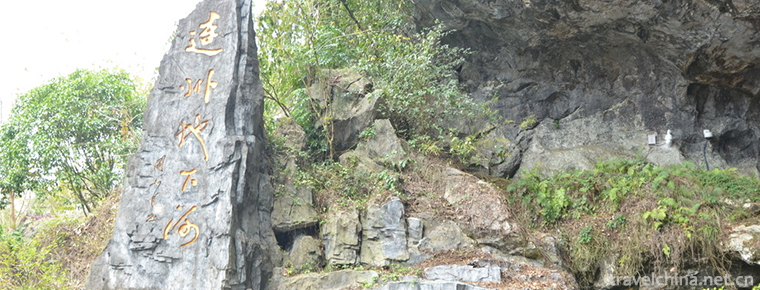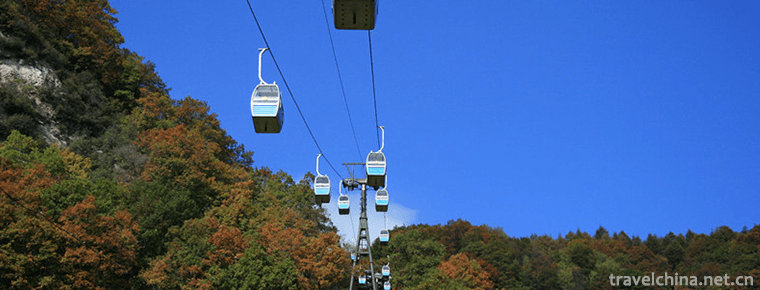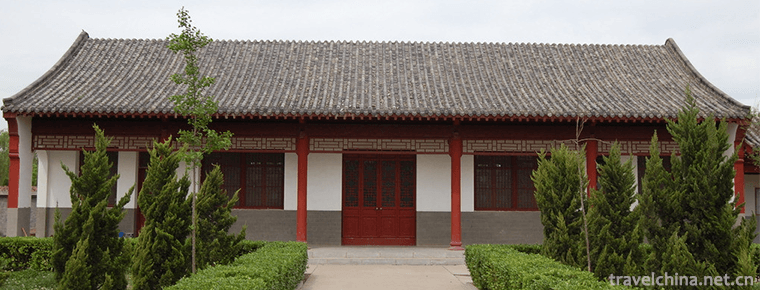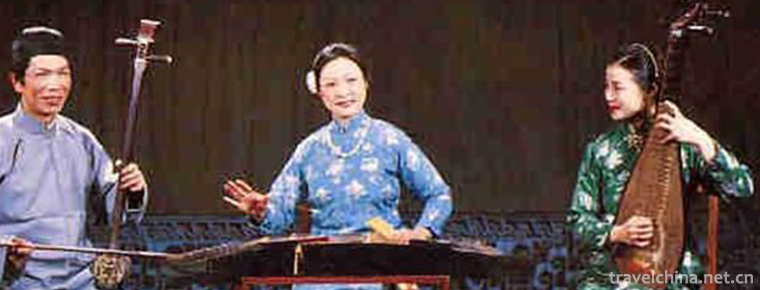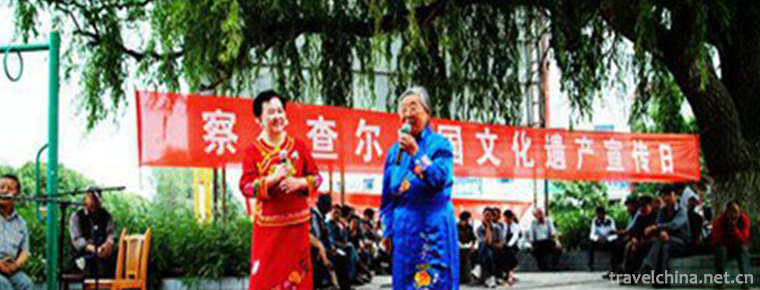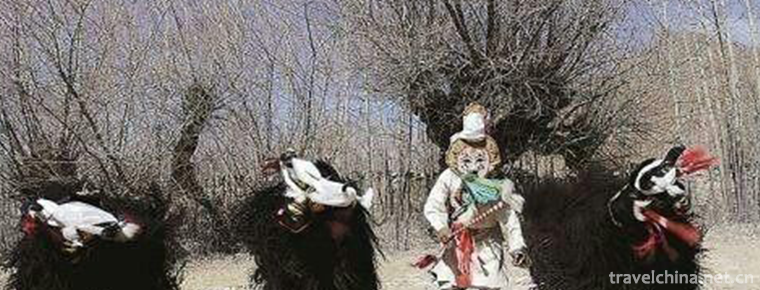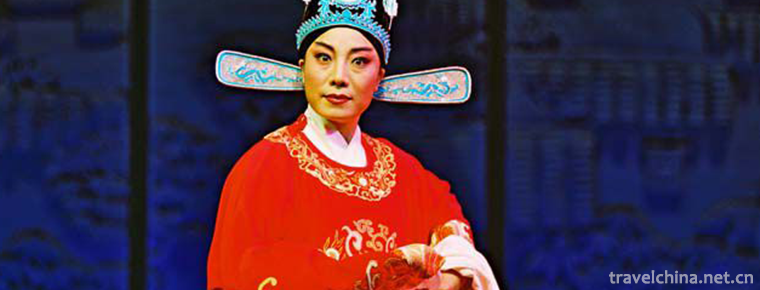Shadow Show
Shadow Show
Shadow play, also known as "shadow play" or "lantern shadow play", is a folk drama in which characters are silhouetted from animal hide or cardboard to perform stories. During the performance, the artists manipulated the shadow figures behind the white curtain while telling stories in local popular tunes, accompanied by percussion instruments and strings, which had a strong local flavor. Its popular range is very wide, and because of the different voices performed in different places, a variety of shadow plays are formed.
Shadow play is an ancient traditional folk art in China. Old Beijingers call it "Donkey Shadow". According to historical records, shadow play began in the Western Han Dynasty, flourished in the Tang Dynasty, flourished in the Qing Dynasty, and spread to Western Asia and Europe in the Yuan Dynasty. It has a long history.
In 2011, Chinese shadow play was selected as the representative works of intangible cultural heritage of mankind.
In December 2018, the General Office of the Ministry of Education announced that Shanghai Theatre Academy was the base for the inheritance of the excellent traditional Chinese culture of shadow play.
Performing Form
Shadow play, formerly known as "shadow play" or "lamp shadow play", is a kind of folk drama that uses candles or burning alcohol to illuminate animal skins or cardboard to make silhouettes of characters to perform stories. During the performance, the artists manipulated the opera characters behind the white curtain while singing stories (sometimes in dialect) in local popular tunes, accompanied by percussion instruments and strings, which had a strong local flavor. In the countryside of Henan, Shanxi, Shaanxi and Tianshui, Gansu, this simple form of Han folk art is very popular.
"Shadow" is a general term for the products of shadow play and its characters (including scenes, props and scenery). Shadow play is a kind of theatrical form in which the audience can watch a kind of lamp and shadow of a plane doll performance through a white curtain to achieve artistic effect, while the plane doll and scenery in shadow play are usually leather products carved and painted by folk artists by hand and knife, so it is called shadow play. In the past, when there was no film or television, shadow play was one of the most popular folk entertainment activities.
Historical Origin
Shadow play has a history of more than 2,000 years from written records. Emperor Wudi's wife, Mrs. Li, died of illness. Emperor Wudi's thoughts and feelings were vague and he ignored the government of the DPRK all day. Minister Li Shaowang went out one day. On the way, he met children playing with cloth dolls. The shadow was reflected vividly. Li Shao-weng moved in his heart, cut the image of Mrs. Li with cotton silk, painted it with color, and put wooden poles on his hands and feet. Encircle the square curtain at night, open candles, respectfully invite the emperor to sit in his tent and watch. Emperor Wu loved Dragon Yan Dayue. This love story, which is included in Han Shu, is regarded as the earliest origin of shadow play.
Since the Yuan Dynasty of the 13th century, with military expeditions and land-sea exchanges, Chinese shadow art has been introduced to Persia (Iran), Arabia, Turkey, Siam (Thailand), Myanmar, Malay Islands, Japan, Britain, France, Germany, Italy and Russia.
In the third year (1508) of Zhengde Wu Zong's reign in Ming Dynasty, Beijing held a hundred operas congress, and shadow plays participated in the performance. From the middle of Ming Dynasty, shadow play was first introduced to Zhuozhou, Hebei Province, and then to rural areas in the western and northern suburbs of Beijing. Then it entered the city and formed two factions: the East and the west.
From the entry of the Qing Dynasty to the end of the Qing Dynasty and the beginning of the Republic of China, the art of shadow play in China reached its peak. At that time, many of the powerful families of royal officials and gentry were proud of inviting famous masters to engrave film producers, storing elaborate film boxes and keeping private film classes. It is not surprising that there are twenty or thirty shadow troupes in every town and town. Whether it's a festival, a harvest festival, praying for God, a wedding banquet, or a birthday celebration, it's necessary to sing on the stage. Even if the play (serial) is to be performed all night or for more than ten days and a half months, a temple fair may have several movie groups to sing to each other. It is very lively, and its grandeur can be imagined.
Shadow plays in Beijing were very popular in the Qing Dynasty. In addition to being welcomed by farmers and citizens, they also entered the palace. In Kangxi, there were eight officials in the House of Princes of Rites who ate five salaries for film and drama. On festive occasions such as New Year's Day in Jiaqing, Shadow Picture Class was also handed down to perform in the house. At that time, the Beijing Film Theatre troupe performed puppets in the daytime, and at night, they sang in the hall. Many Beijing Opera actors also participated in the performance of the troupe.
In the late Qing Dynasty, some local government officials were afraid of gathering in dark night places of shadow play, so they banned performing shadow play, and even arrested shadow artists. Shadow artists were also implicated in the Bailian uprising at the end of the Qing Dynasty and were convicted of "black lantern bandits". Before and after the Japanese invasion, because of social unrest and years of war, the people were not able to survive, resulting in the decline of the shadow industry, which was very prosperous for a while.
After 1949, the remaining shadow troupes and artists in various parts of the country began to revitalize. Since 1955, they have organized national, provincial and municipal shadow show shows, and sent delegations to visit and perform abroad for cultural and artistic exchanges, which have yielded fruitful results. But by the time of the Cultural Revolution, the shadow art was once again hit by the bad luck of "breaking the four old", and its vitality was badly damaged.
Social evaluation
From Goethe in the 18th century to Chaplin and other world celebrities, China's shadow play art has been highly valued. It can be said that shadow play is a kind of folk art with a long history and wide spread in China. This art form originated in China and has been fascinated by many foreign theatre fans. People call it "Chinese Film Lamp" cordially.
Inheritance and development
Traditional shadow play has inevitable limitations in many aspects. This is also the biggest obstacle for it to adapt to today's fast-paced society.
1. Shadow shadow is exquisitely crafted and skillfully crafted by numerous artists, but it has brought great difficulties to its production. The production of a film maker involves more than ten processes, such as leather making, drawing, carving and coloring. These complex processes can take a week for a handicraft worker, and do not include the possibility that any minor mistakes during this period can not be corrected and the previous work can be discarded.
2. The preservation of finished products is also a difficult problem. Long-time sunshine will fade the pigments, and the change of temperature and humidity will also cause the deformation of the shadow. This is undoubtedly a fatal weakness for the industrialized society that emphasizes mass production.
For a long time in the past, shadow play was basically in the form of performances, all for entertainment purposes. In today's age of diverse entertainment life, the glamour of shadow play is gradually fading, only these special occasions can be seen (such as Laoshe Teahouse in Beijing and some theatres that interpret history).
With the progress of society, people's material living standards are constantly improving, and their aesthetic level is also gradually improving. Therefore, people show the roles and characters in shadow play in the past with more exquisite and delicate sculpture techniques.
Shadow production technology is slowly transiting from the former entertainment-based, appreciation-assisted to now appreciation-based, entertainment-assisted. The future shadow play emphasizes and highlights its static artistic value. It shows its unique charm through the layout of scenes, the expression of characters, rich colors and so on.
In China, many local operas are derived from shadow play, and the principles and artistic means used in shadow play also play a leading role in the invention of films and the development of art films. Nowadays, Chinese shadow puppets are being collected by museums all over the world, and they are also a gift from the Chinese government when it interacts with leaders of other countries.
For thousands of years, shadow play, an ancient art, has spent many happy times with the ancestors. As a result, people have shown the roles and characters in the shadow play in the past with more exquisite and delicate sculpture technology, and emphasized the artistry and decoration of the shadow play. After shadows are made, they are mounted for exhibition and decoration.
Protection status
On May 20, 2006, it was approved by the State Council to be included in the first batch of national intangible cultural heritage list. On June 8, 2007, Yunmeng Shadow Picture Art Troupe of Hubei Province and Fan Zheng'an Shadow Picture Studio of Tai'an City of Shandong Province won the first Cultural Heritage Day Award promulgated by the Ministry of Culture.
On November 27, 2011, UNESCO, headquartered in Paris, announced that the 6th session of the Intergovernmental Committee for the Protection of Intangible Cultural Heritage, which is being held in Bali, formally decided to include Chinese shadow play in the "List of Representatives of Human Intangible Cultural Heritage".

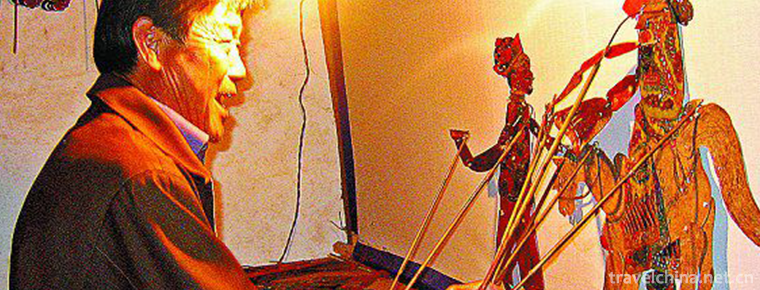
-
Lianzhou Underground River Scenic Spot
Lianzhou City is located in the northwest of Guangdong Province and the upper reaches of Lianjiang River. The northeast is connected with Yizhang County in Hunan Province.
Views: 88 Time 2018-12-12 -
Wuyuezhai Scenic Area
Wuyuezhai Scenic Area, National Forest Park, AAAAAA Tourist Area, is located in the eastern foot of Taihang Mountain, located in the northwest of Lingshou County, Hebei Province.
Views: 165 Time 2018-12-22 -
Anxi Tea Grand View Garden
Anxi Tea Grand View Garden in Quanzhou, Fujian Province is located in Fengguan Mountain on the north side of Fengcheng City. It covers an area of 11 mu.
Views: 116 Time 2019-01-02 -
Jinxi ancient town
Jinxi Ancient Town is located in the southwest of Kunshan City, Jiangsu Province. It is 100 kilometers from Shanghai Pudong International Airport and 75 kilometers from Wuxi Airport..
Views: 133 Time 2019-01-29 -
Yicheng Temple Scenic Spot of Sun Bin Tourist City
Sun Bin Tourist City is located in Jishan Town, 20 kilometers northeast of Juancheng County, Heze City, Shandong Province. Juancheng is the hometown of Sun Bin, a famous.
Views: 80 Time 2019-02-13 -
Siming Nanci
Siming Southern Ci is also called "Siming Documents". A kind of traditional local folk art in Zhejiang Province. Tanci, spoken and sung in Ningbo dialect. It is popular in Ningbo, Zhejiang P.
Views: 186 Time 2019-06-16 -
Xibo Folk Songs
Xibo folk song is an important kind of traditional music culture of Xibo nationality, which is widely spread among the Xibo people in Chabchal Xibo Autonomous County and Xinjiang. Folk songs are an im.
Views: 134 Time 2019-07-01 -
Xie Rong Zhongzi
Xierong Zhongzi still keeps the primitive and simple legacy, from which we can see the spiritual sustenance and aesthetic pursuit of Tibetan ancestors. This kind of primitive culture and art has becom.
Views: 181 Time 2019-07-06 -
Bangkok in Xuzhou
Xuzhou Bangzi, one of the traditional local operas in Jiangsu Province, is named for its rhythm, which is directed by a set of drums and bangzi. The masses of Xuzhou also call it "Grand Opera&quo.
Views: 108 Time 2019-07-09 -
Diexi earthquake site
Diexi earthquake site is located 2.5 km southeast of Jiaochang Township, Maoxian County, on the second grade platform on the East Bank of Minjiang River.
Views: 356 Time 2020-11-07 -
Deyang hydrology
The rivers in Deyang City belong to Tuojiang River and Fujiang River system. The main rivers are Mianyuan River, shiting River, Yazi River, Qingbai River, Kaijiang River, etc. The Northwest Mountainous Area of the city is located in the north of Shifang and Mianzhu.
Views: 352 Time 2020-12-14 -
Deyang Sports
In 2017, Deyang City built 791 national fitness routes and 608 national fitness projects. At the end of the year, there were 10 public stadiums and stadiums, and the annual sales of sports lottery tickets were 160 million yuan..
Views: 341 Time 2020-12-14
